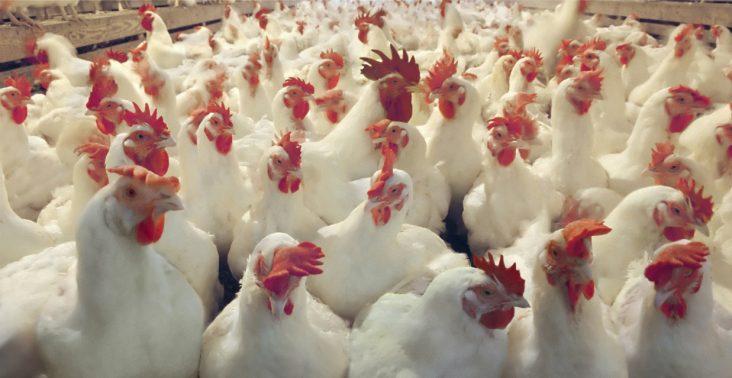Arkansas Agricultural Experiment Station receives $1 million grant for poultry study
by February 11, 2023 10:59 am 1,847 views

The COVID-19 pandemic strained many poultry processing plants as employees became ill and some even died. The result was volatile production and supply chain disruptions for more than a year. Researchers in Arkansas are hoping to use robotics to stave off this problem in the future.
The Arkansas Agricultural Experiment Station researchers recently received a $1 million grant funded through a joint proposal between the National Science Foundation’s National Robotics Initiative 3.0 and the U.S. Department of Agriculture’s National Institute of Food and Agriculture.
Dongyi Wang, assistant professor of biological and agricultural engineering, is the principal investigator on the project. Wang conducts research for the experiment station, the research arm of the University of Arkansas System Division of Agriculture.
A major focus in Wang’s lab is to understand what jobs robotic and automated systems can accomplish.
“We are trying to explore the opportunities and to see how automation can help the agriculture industry and the food industry,” Wang said.
This four-year project will lead to the development of a robotic system that can hang raw chicken as human workers do to meet the long-term needs of the poultry industry.
In 2021, the U.S. produced 59.2 billion pounds of broiler chickens, according to the USDA. The U.S. Poultry and Egg Association reported the sector produces about 2 million jobs directly or indirectly and generated about $121 billion in salaries in 2022 nationwide.
Arkansas ranked third in the nation, producing one billion broilers or about 7.46 billion pounds of meat. It was worth $3.97 billion in 2021, according to the 2022 Arkansas Agriculture Profile.
Arkansas is home to two of the nation’s top poultry producing companies, Tyson Foods and Peco Foods.
Many of the steps to process chicken are already automated in processing plants, Wang said. Slaughtering and evisceration do not really rely on people. Rehanging the raw chicken is one of the major steps that relies on human work. Workers on the processing line hang the birds on conveyor lines that continue to the deboning, wing-cutting and packing steps.
Wang visualizes this project benefitting the scientific areas of tactile sensing, 3D imaging, dual robotic control and algorithms. He also sees it benefitting the poultry industry itself.
“It is very, very exciting that this kind of technology, even maybe not right now, but potentially, can help the local economic development and the local industry,” Wang said.
